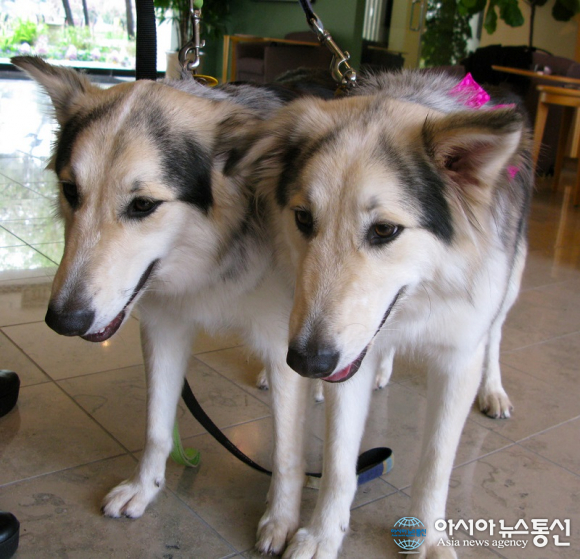 |
| Photo By: PROSteve Jurvetson / Flickr |
Cloning has reached the human consciousness following the successful artificial cloning of Dolly the Sheep two decades ago and the premiere of Arnold Schwarzenegger's "The 6th Day" 17 years ago. Yet, there are still some questions that are needed to be answered regarding this topic. Hence, this article will focus on satisfying these inquiries
For starters, cloning is defined as a number of various processes that can be utilized to produce genetically identical replicas of a biological entity, while the clone is the copied material that possesses the same genetic makeup as the original.
According to the National Human Genome Research Institute (NHGRI), cloning is also a natural form of reproduction that has provided life forms the chance to expand for more than 50,000 years. Blueberry plants, hazel trees, the Pando trees, the Kentucky coffeetree, the Myricas, and the American sweetgum are some of the organisms that are recognized for this kind of reproduction.
Another variety of natural clones are the so-called identical twins, which were produced when a fertilized egg splits, making two or more embryos that feature almost identical DNA. Identical twins possess nearly the same genetic makeup as each other, yet they are genetically different from their parents.
Utah's Genetic Science Learning Center mentions that there are two cloning methods:
1.) Artificial Embryo Twinning
- It is defined as a low-tech cloning method which emulates the natural process of creating identical twins. The method is performed in a petri dish, and a very early embryo is separated into individual cells, which were permitted to divide and develop for a minimal time. Following its division and development, a surrogate mother receives the embryos.
2.) Somatic Cell Nuclear Transfer (SCNT)
- Also known as nuclear transfer, the method utilizes a different approach compared to artificial embryo twinning. Yet, the method yields the same result of producing an exact genetic copy or clone. This was the method done in the Dolly the Sheep experiment.
Somatic Cell - It is any cell in the body other than sperm and egg. The mammals' somatic cells are composed of two complete sets of chromosomes.
Nuclear - The nucleus is a section that holds the cell's DNA, which is divided into packages known as chromosomes that house all the information required to create an organism.
Transfer - Moving an object from one place to another. The creation Dolly required researchers to isolate a somatic cell from an adult female sheep and remove the nucleus and all of its DNA from an egg cell. Next, researchers transferred the nucleus from the somatic cell to the egg cell. Following a series of chemical modifications, the egg cell, equipped with its new nucleus, was behaving like a freshly fertilized egg.
SCNT involves the removal of the egg cell's single set of chromosomes and replacing it with the nucleus from a somatic cell, that already features two complete sets of chromosomes.
Cloning an organism is about creating an exact genetic replica of the whole organism while cloning a gene involves the creation of exact copies of just one of an organism's genes.
Meanwhile, NHGRI mentions three principles of artificial cloning:
1.) Gene Cloning - the production of copies of the DNA's genes or segments.
2.) Reproductive Cloning - production of copies of whole animals.
3.) Therapeutic cloning - yields embryonic stem cells for experiments geared towards creating tissues to replace injured or diseased tissues.
Therapeutic cloning, in particular, has its pros and cons as researchers hope to utilize embryonic stem cells to cultivate healthy tissues in the laboratory in order to replace injured or diseased tissues. It is also hoped that this could lead to the study of molecular causes of diseases.
Although researchers think that it is worthwhile exploring the use of embryonic stem cells for treating human disease, some experts are concerned with the striking resemblance of stem and cancer cells. Both cell types can indefinitely increase fast. In addition, some studies reveal that stem cells can harvest mutations that can trigger cancer after 60 cycles of cell division.
In addition, cloning has also lead to a number of ethical issues as it could clash with long-established religious and societal values about human dignities such as individual freedom, identity, and autonomy. Yet, some believe that reproductive cloning will aid sterile couples to realize the elusive parenthood goal, while others state that it could also be a means to avoid transmitting a harmful gene.

